A recent study by Asko Lõhmus and Kadri Runnel from the University of Tartu in Estonia looks at the effect of European Ash dieback on the specialised and iconic lichen Lobaria pulmonaria.
In forests with only one dominant host tree, epiphyte species will face local extinction if a species-specific pathogen affects those hosts. The authors therefore suggest that a crucial backup for epiphyte populations is the presence of different host tree species in the forest. In their study they found that large Populus and Ulmus trees, which are not affected by Ash dieback, were important refuges for epiphytic lichens.
However, the problem in many of these European forests is that a mono-culture approach is practised by silviculture managers. The authors recommend a change in forestry management that preserves natural tree diversity in hopes of minimising biodiversity loss from dieback fungi and disease.
This issue highlights the complexity of ecosystems and their many related processes. It sure gives us plenty of reason to get out there and explore these natural environments; we need to understand what we have (through observation and scientific studies) so that we can notice change and minimise biodiversity loss.
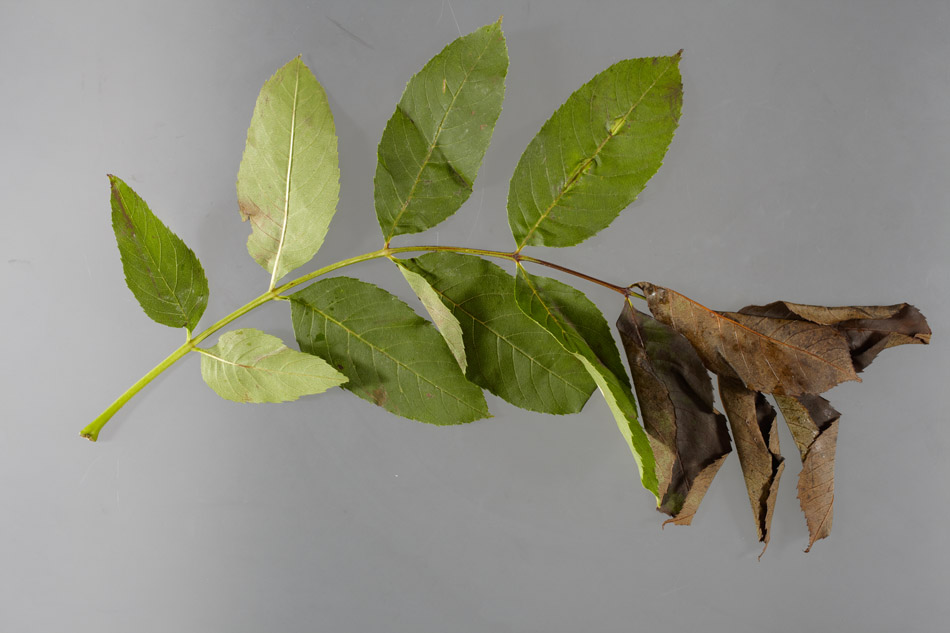
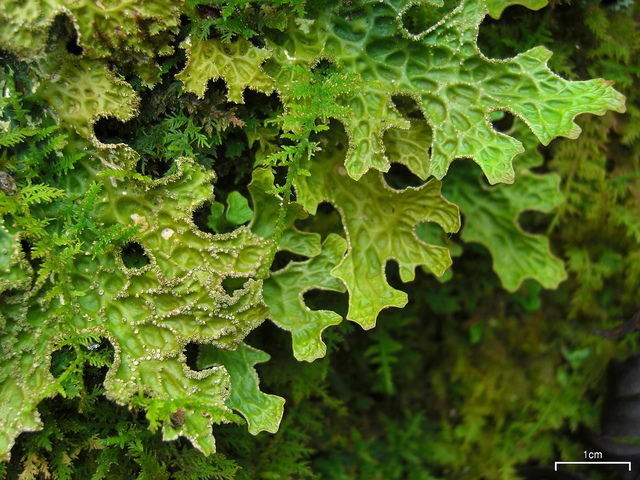
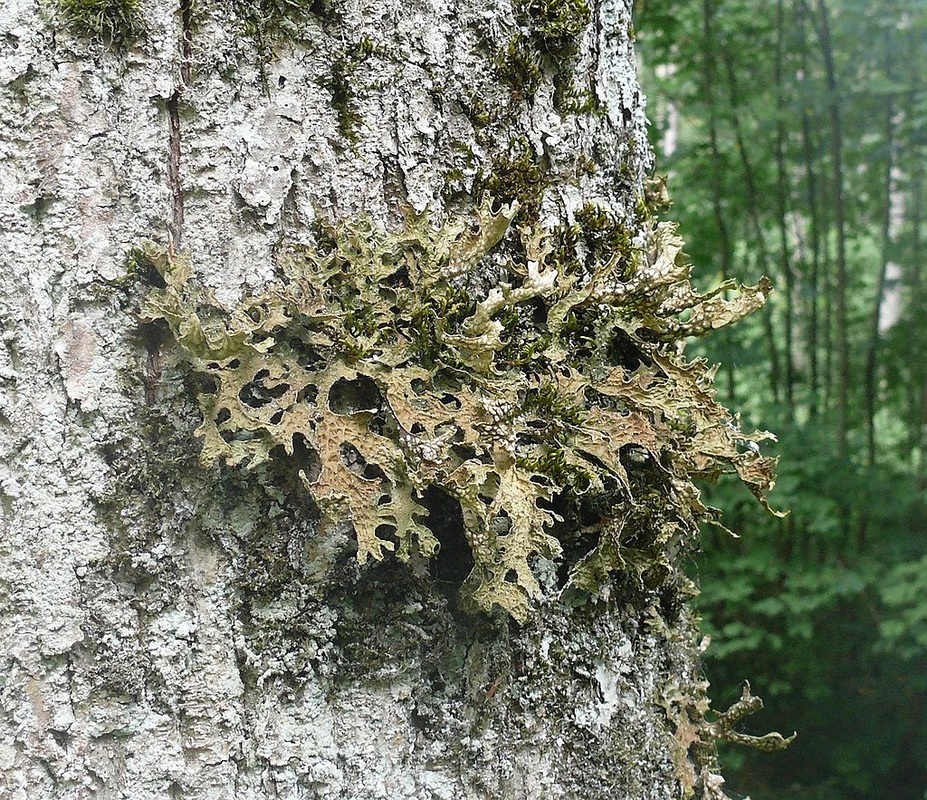
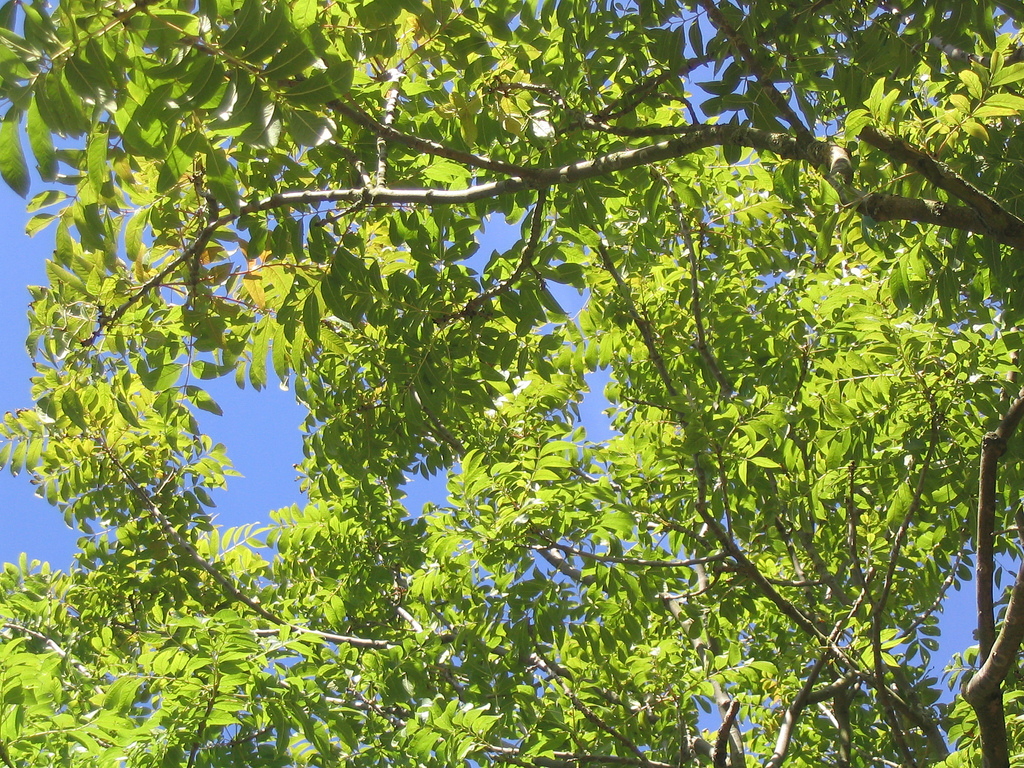

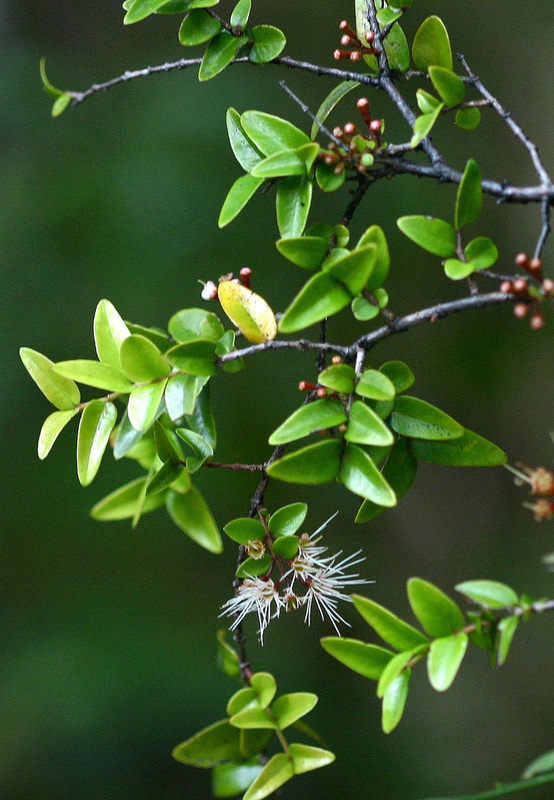
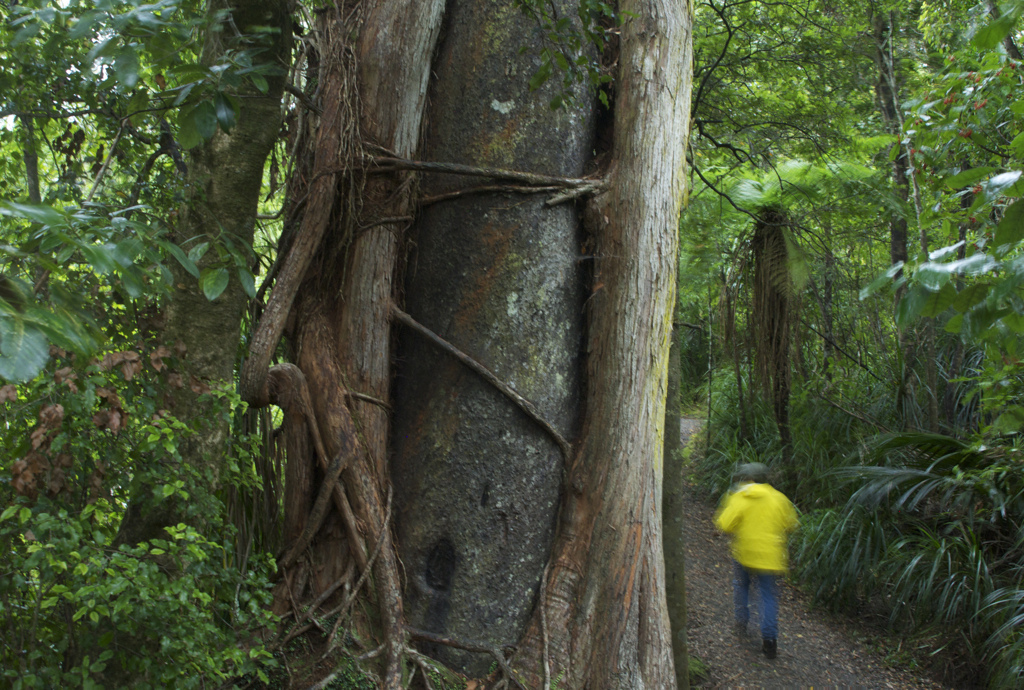
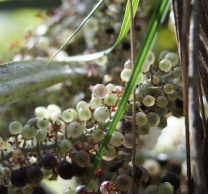
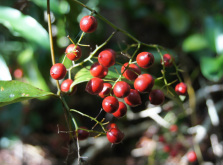
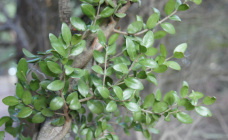
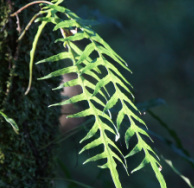
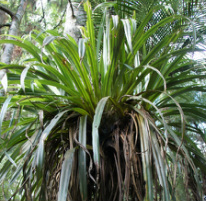
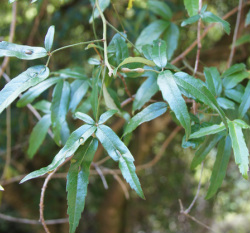
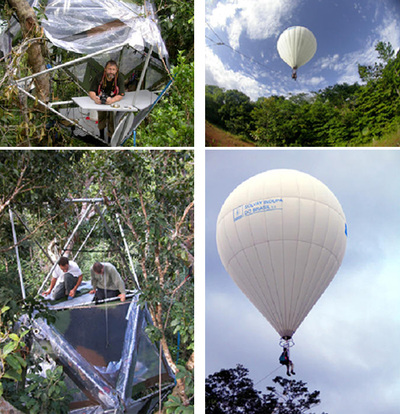
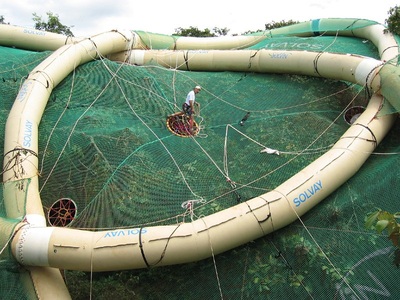
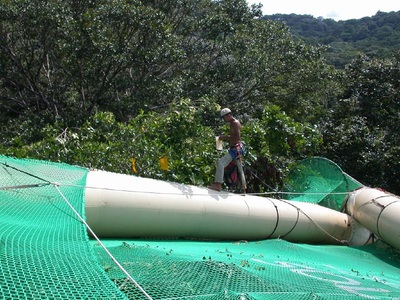
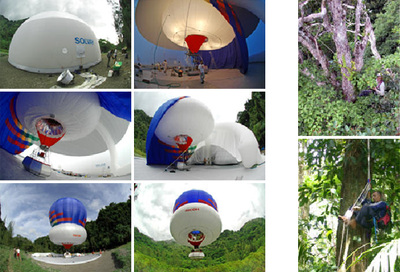
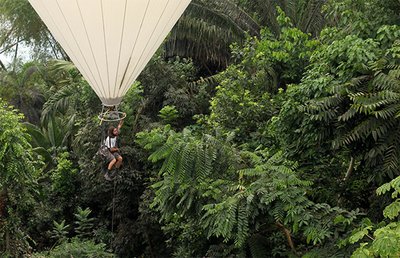
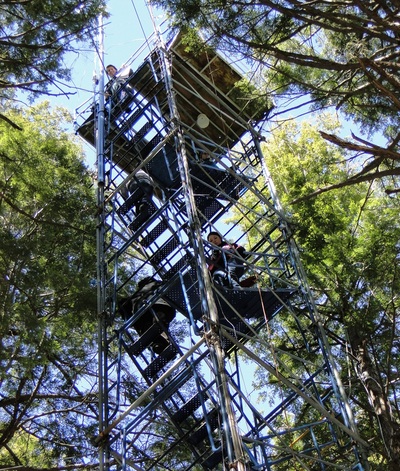
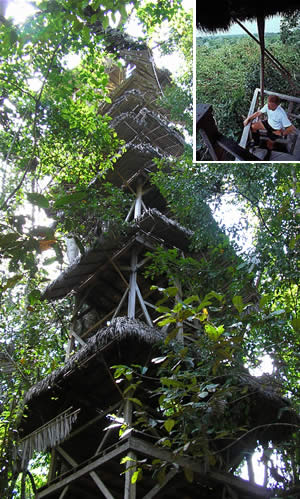
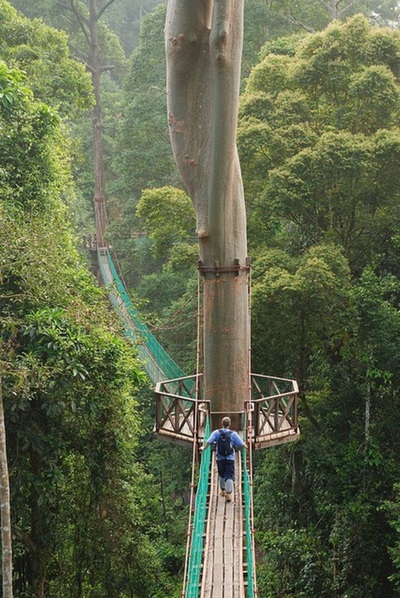
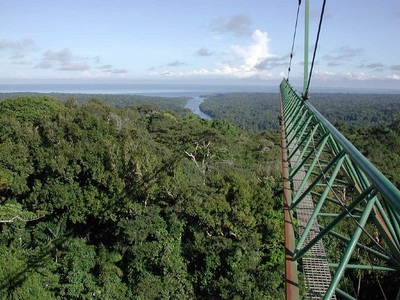
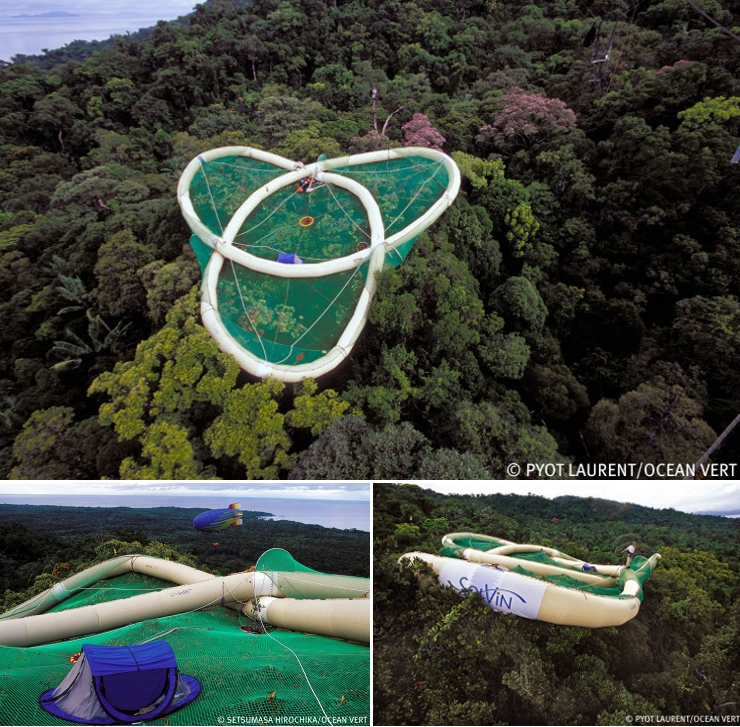
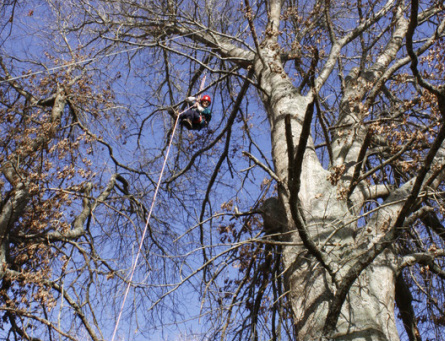
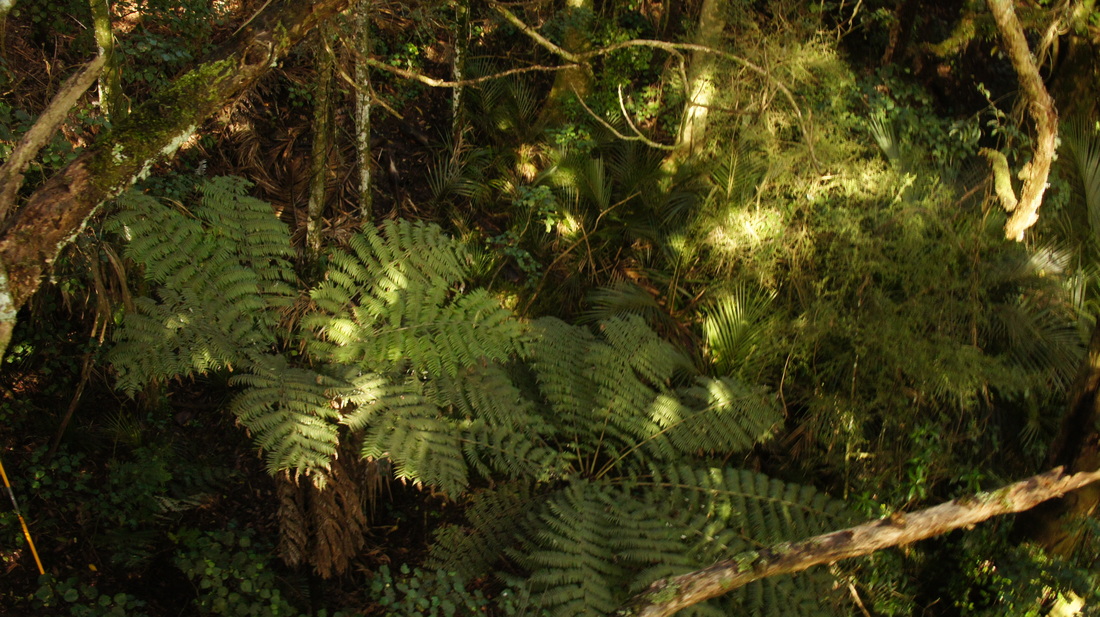
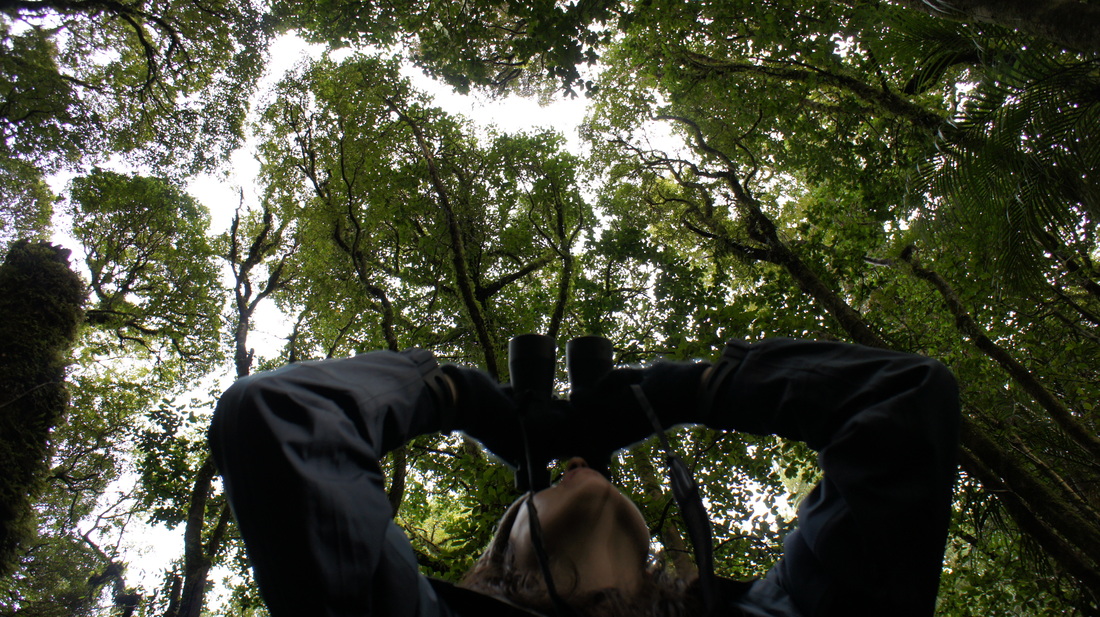
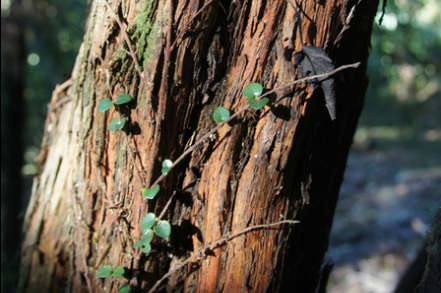
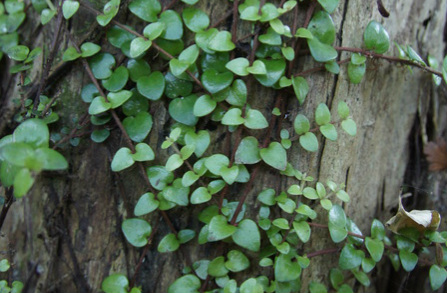
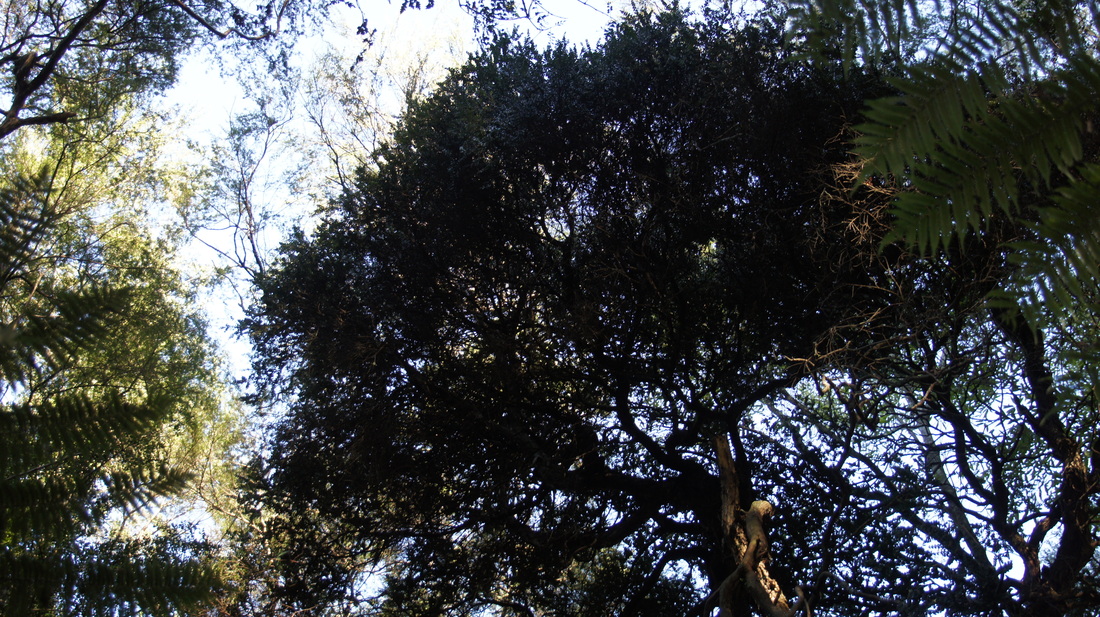
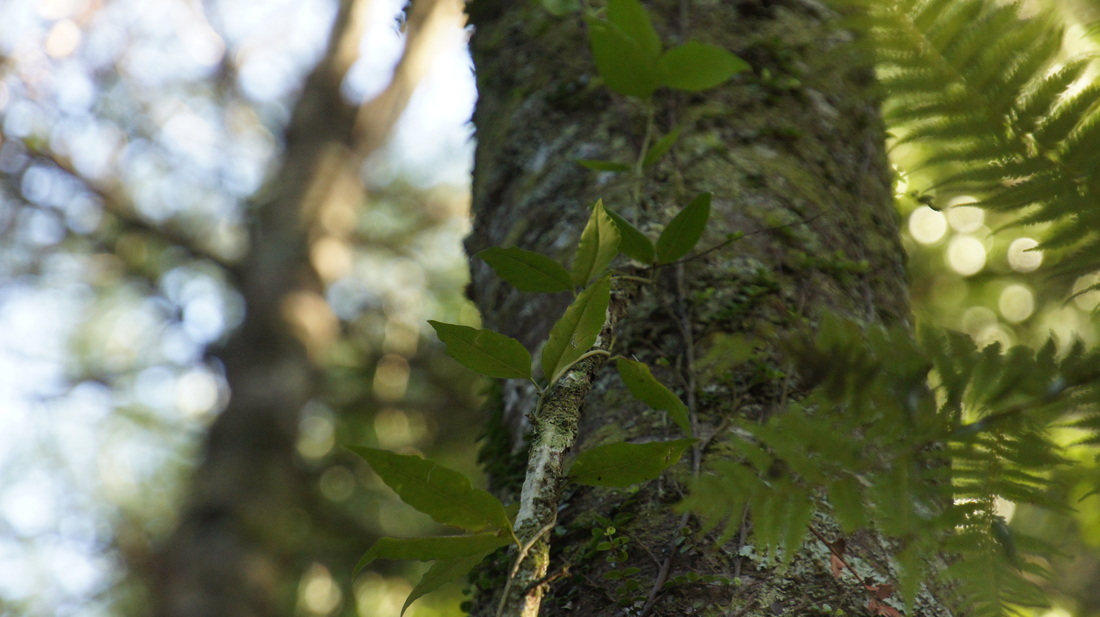
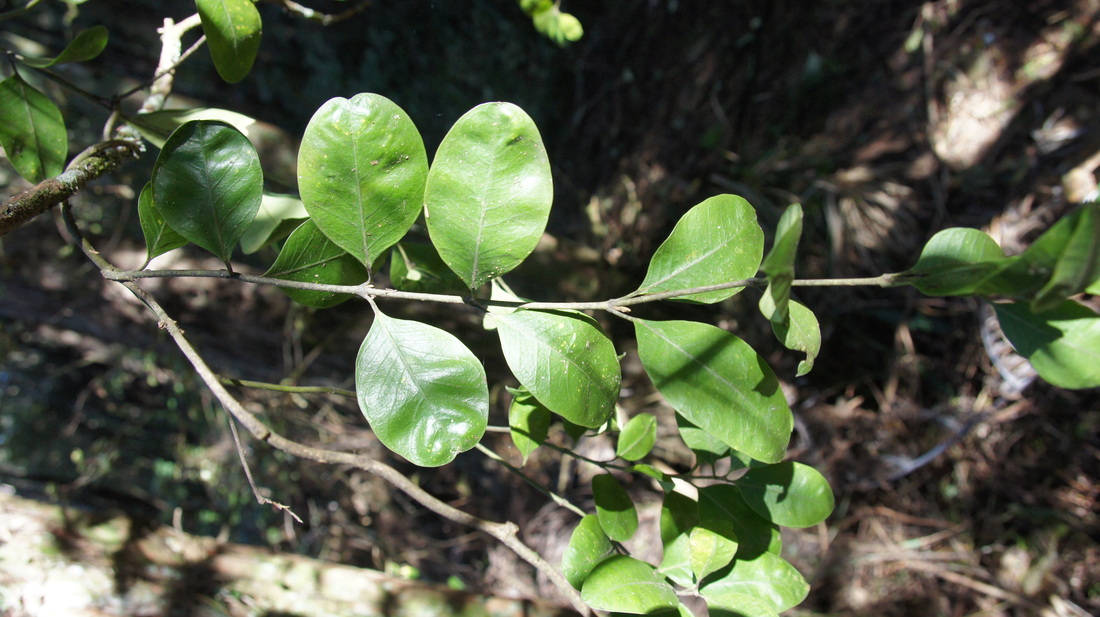
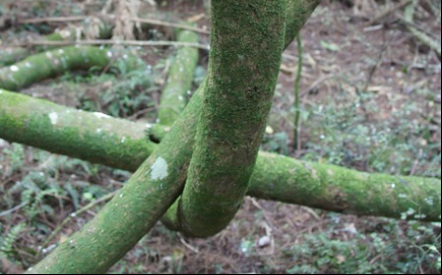
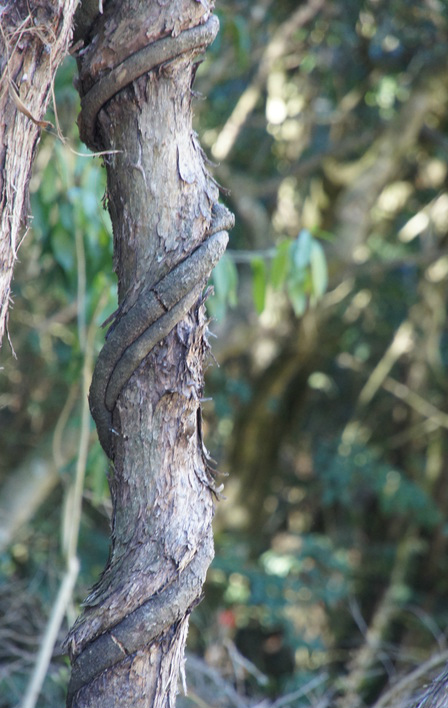
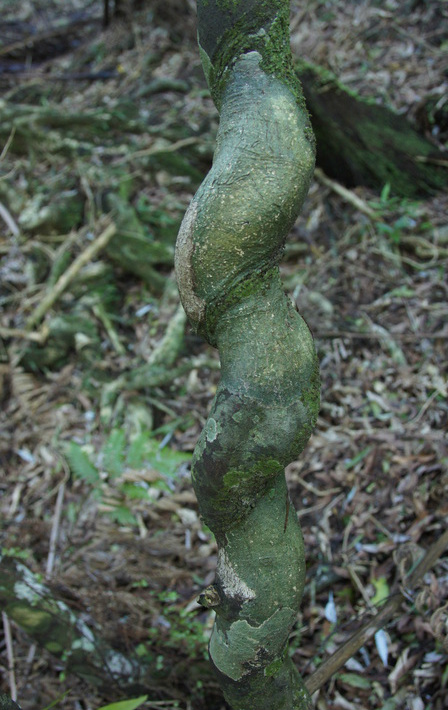
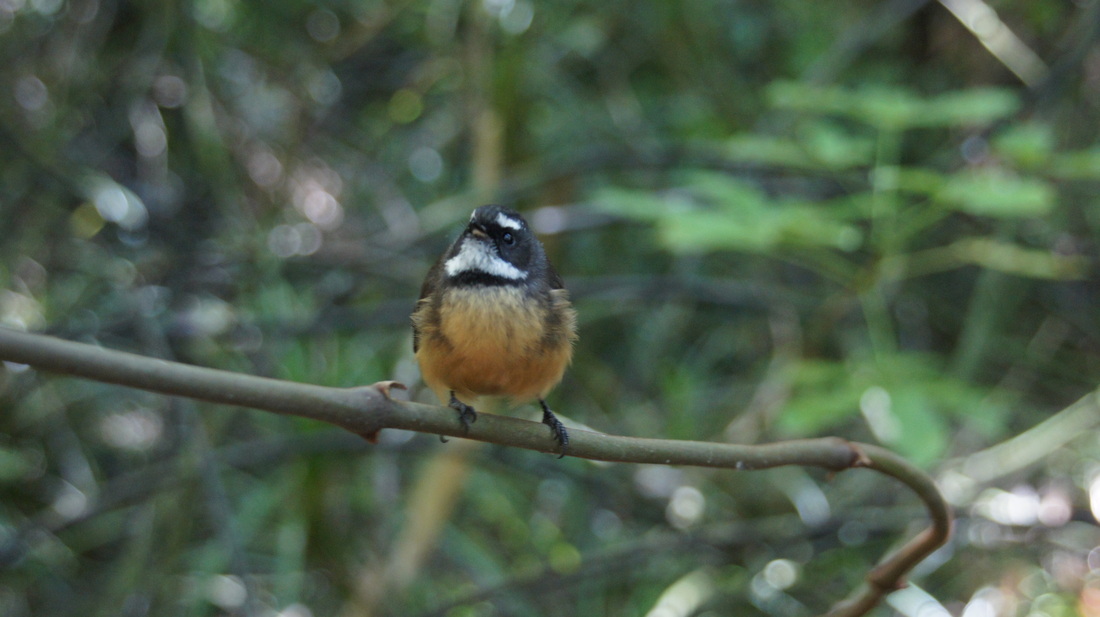

 RSS Feed
RSS Feed
